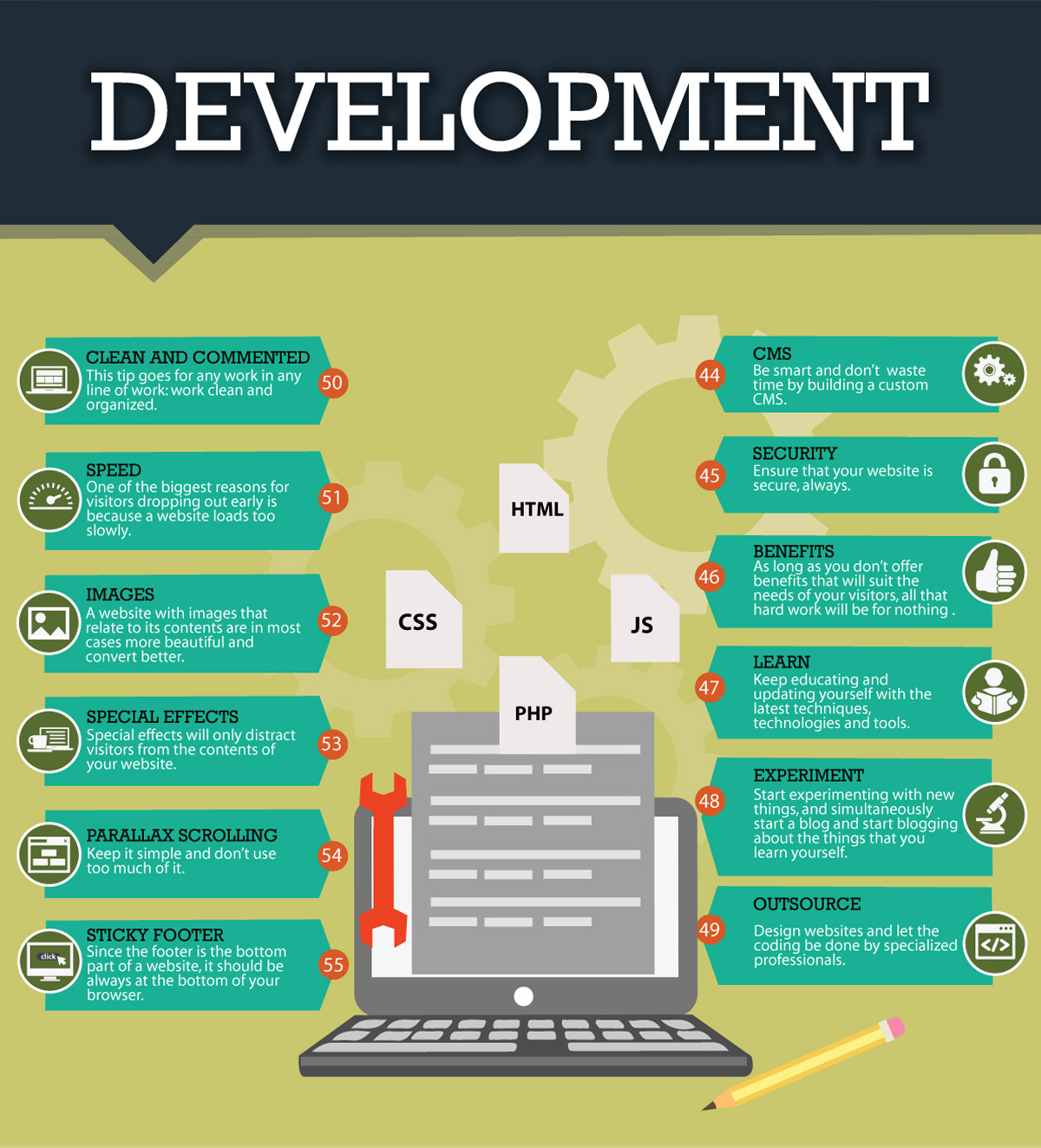Site Layout Basics: Tips For Structure A User-Friendly Site
Site Layout Basics: Tips For Structure A User-Friendly Site
Blog Article
Created By-Le Thrane
When it comes to web site style, making sure user-friendliness is crucial. From receptive design to structured navigating, every component plays a crucial role in developing a website that accommodates your target market's demands. Yet what regarding the finer details that can make or damage a user's browsing experience? Keep tuned as we discover some often-overlooked tips that can raise your web site's usability to the following level, making it genuinely attract attention in the digital landscape.
Relevance of Responsive Layout
Responsive style is an important element of contemporary web site growth. Guaranteeing your website is responsive means that it can adapt to different display dimensions and gadgets, supplying a smooth experience for individuals.
With the increasing use of mobile phones and tablets to access the web, having a receptive style is essential for reaching a bigger audience. It helps in boosting customer experience by making your internet site simple to browse and keep reading any type of tool.
Furthermore, responsive style can positively affect your internet search engine positions, as online search engine like Google prioritize mobile-friendly websites. By having a receptive layout, you're likewise future-proofing your website, as new gadgets with differing display dimensions remain to arise.
Simplify Navigation Structure
To boost customer experience and facilitate easy access to details on your web site, improving the navigating structure is paramount. When making your website, focus on producing a clear and intuitive navigating food selection that helps visitors discover what they're looking for swiftly.
Limit the number of food selection items to the fundamentals, organizing associated pages together to stay clear of overwhelming individuals. Usage Recommended Internet page that clearly show the content of each page, making it less complicated for users to understand where each web link will take them.
Consider applying dropdown menus for subcategories to avoid cluttering the major navigating bar. Furthermore, include a search bar plainly on the page for customers who prefer looking for details info.
Prioritize mobile responsiveness in your navigation design to make certain easy gain access to on all devices.
Maximize Web Page Load Speed
Improving page tons rate is vital for maintaining visitors on your site. Slow-loading pages annoy customers and can bring about high bounce rates. To enhance Strategies , beginning by optimizing images. Press images without compromising quality to minimize their data sizes.
In addition, enable browser caching to store frequently accessed resources in your area, accelerating load times for returning visitors. Minify CSS, JavaScript, and HTML documents by getting rid of unnecessary personalities, remarks, and formatting, improving lots speed.
Think about utilizing a content delivery network (CDN) to distribute your internet site's web content across multiple web servers worldwide, reducing latency for individuals accessing your site from different areas. Last but not least, limit the use of third-party scripts and plugins, as they can dramatically affect lots times.
Verdict
Finally, by integrating receptive design, streamlining navigating, and enhancing web page tons rate, you can develop a straightforward web site that attract a broader audience and improves user experience. These essential elements guarantee that visitors can quickly gain access to and browse your website across different gadgets, bring about increased involvement and complete satisfaction. By focusing on these vital elements, you can develop an effective website that keeps customers returning for even more.
